Molten Aluminum Ceramic Filter is a filter medium made of high-temperature resistant materials, which is degraded by chemical reaction with Molten Aluminum and corrosion at high temperatures.
The filter media must also maintain structural integrity, such as at elevated temperatures, and of course, must either entrap or prevent solids from chemical reactions and/or mechanically prevent fluid and semi-liquid flow through them.
In the melting, refining, and forming of metals, especially in the casting of molten metal, it is desirable to separate inclusions from the molten metal.
Such inclusions of impurities lead to the presence of the raw materials used to form the melt, from slag, scum and oxides, in the form of slag, dross and oxides on the surface of the melt, and from the small fragments of the refractory material used to form the chamber or A container, wherein the melting forms a metal melt.
If these inclusions are not removed from the molten state of the metal, it may result in a weakening of the points of the final solidified metal body (the final product of the casting operation) and/or a decrease in porosity.
Under normal circumstances, the granular refining agent is added to the molten aluminum first, and the slag removal treatment is carried out after full reaction.
Before the molten aluminum filter device is a degassing box for removing hydrogen from the molten aluminum.
Finally, after passing through the filtering device, filter out the impurities in the aluminum melts.
Especially in the case of using Molten Aluminum Ceramic Filter, after long-term use, the holes will be blocked by sodium chloride absorbed on the surface.
Therefore, the filter has a multilayer network structure. The pore size decreases in the flow direction of liquid aluminum. By setting the particle size of the granular material so that the granular material is continuously or layered in the flow direction of the aluminum melt, the same effect can be achieved, that is, a longer service life can be obtained from the ceramic filter.
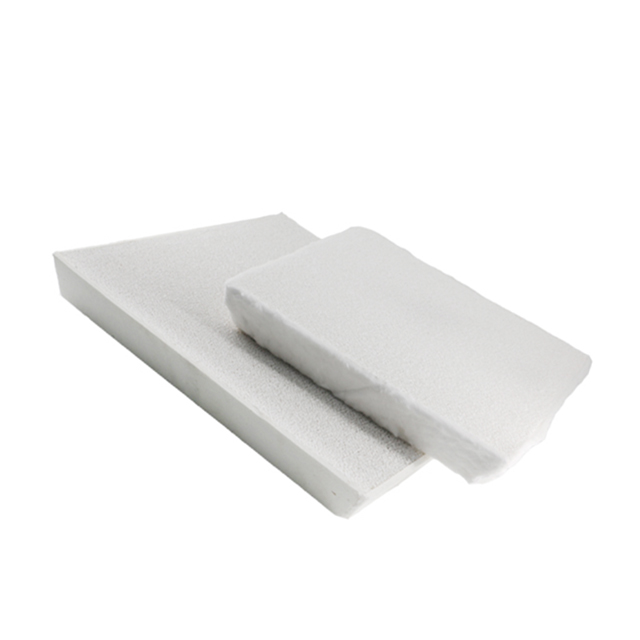

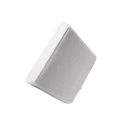
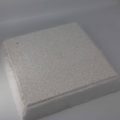
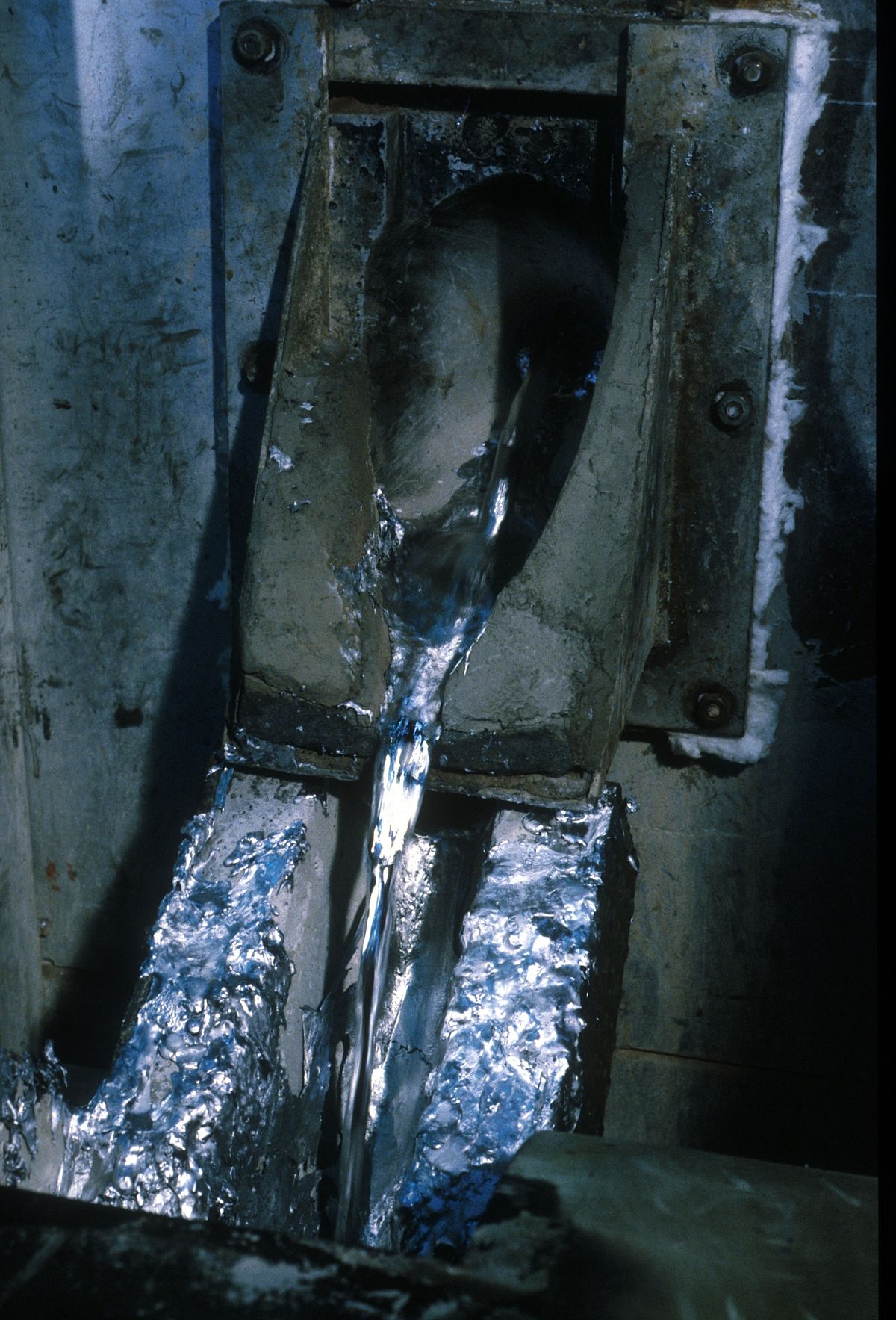
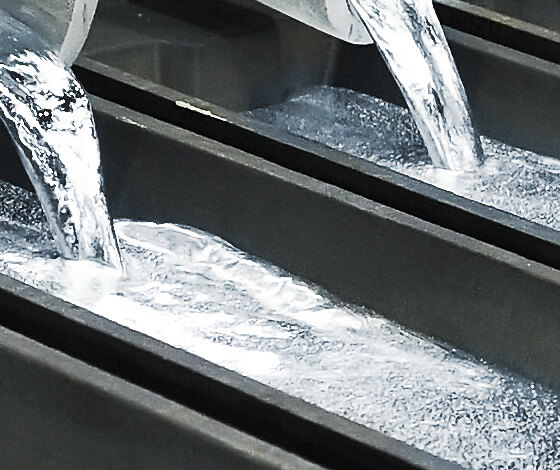
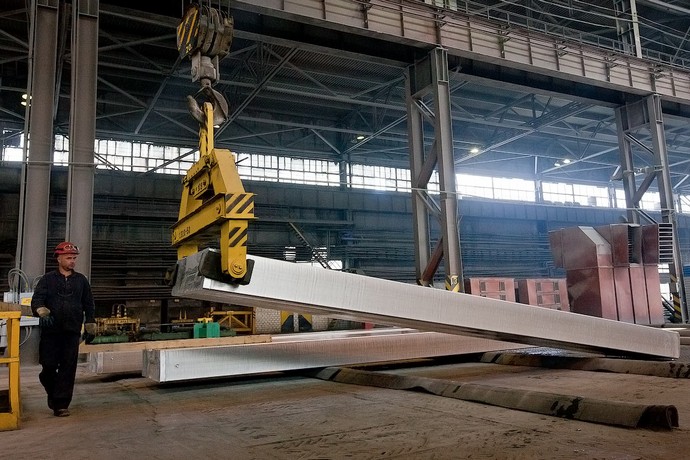
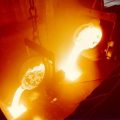

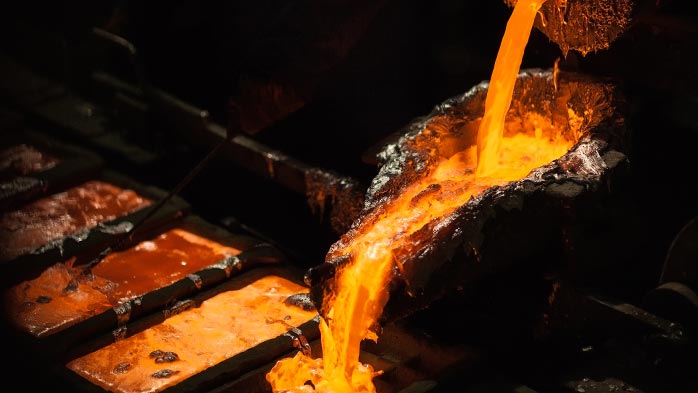
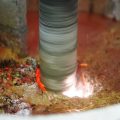
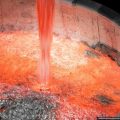
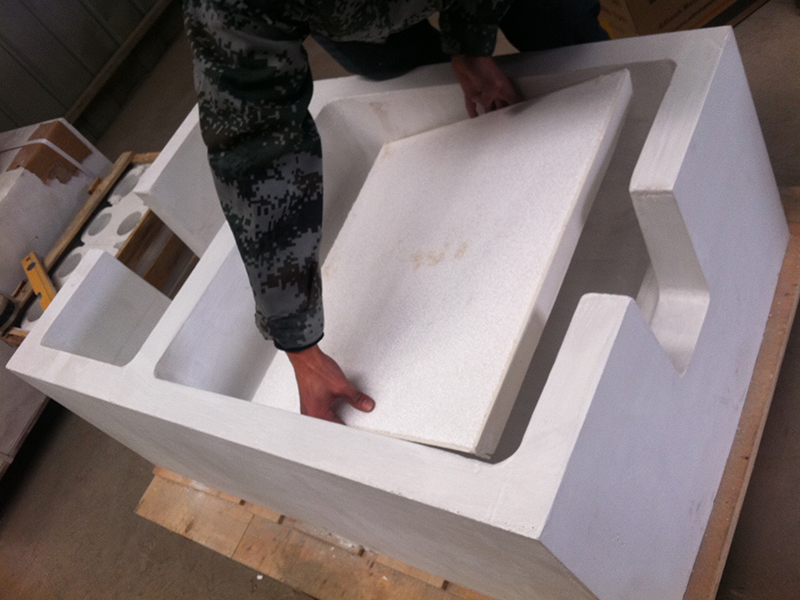
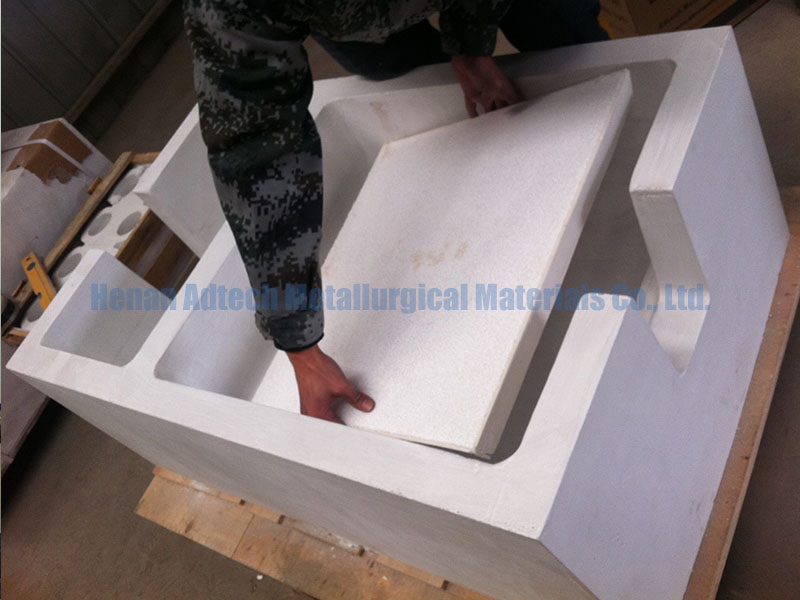
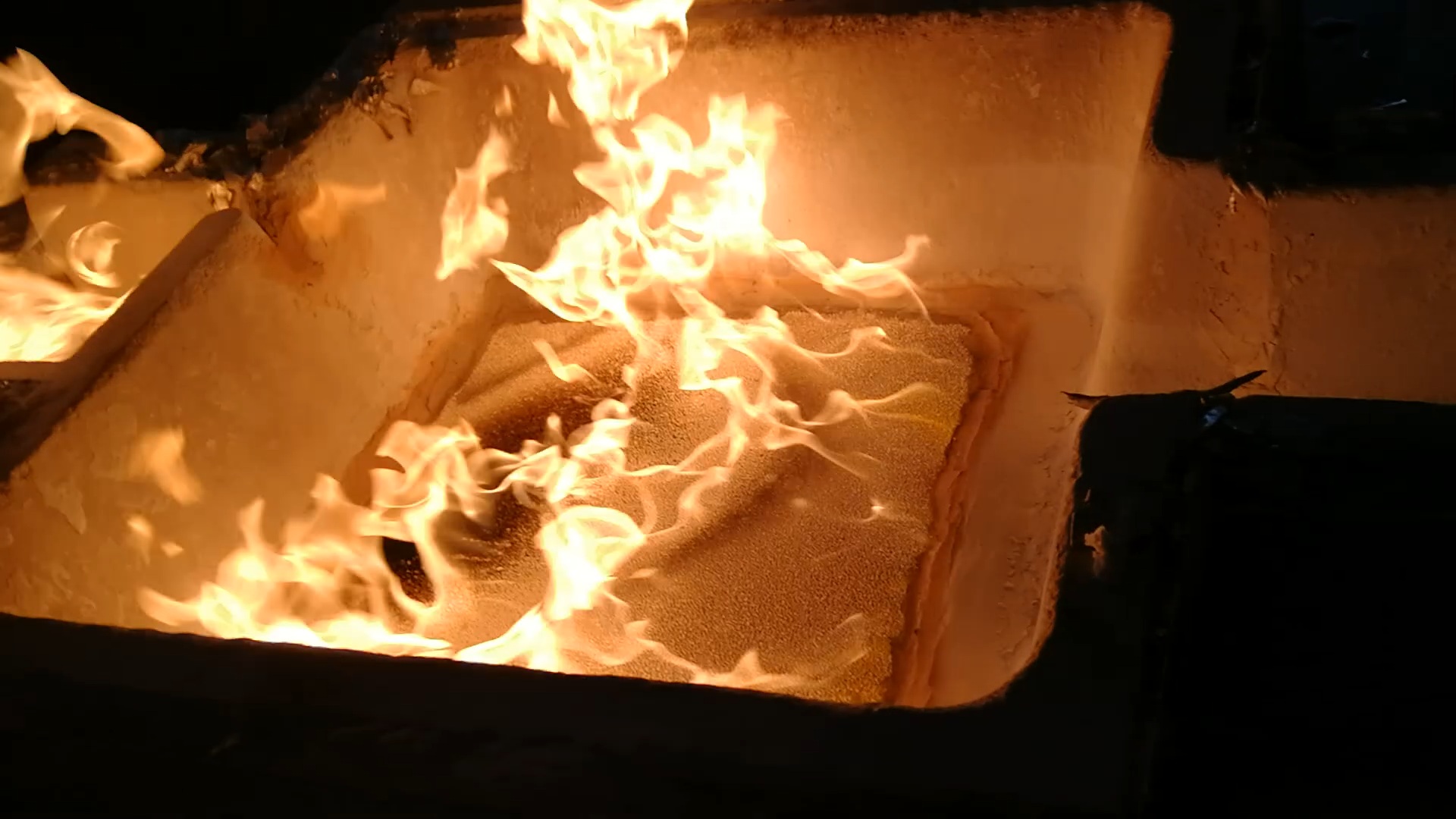

[…] Aluminium uses our company’s alumina foam ceramic filter plate to filter molten aluminum, duralumin slag and other impurities. The ingot has been greatly reduced, the continuity of the […]